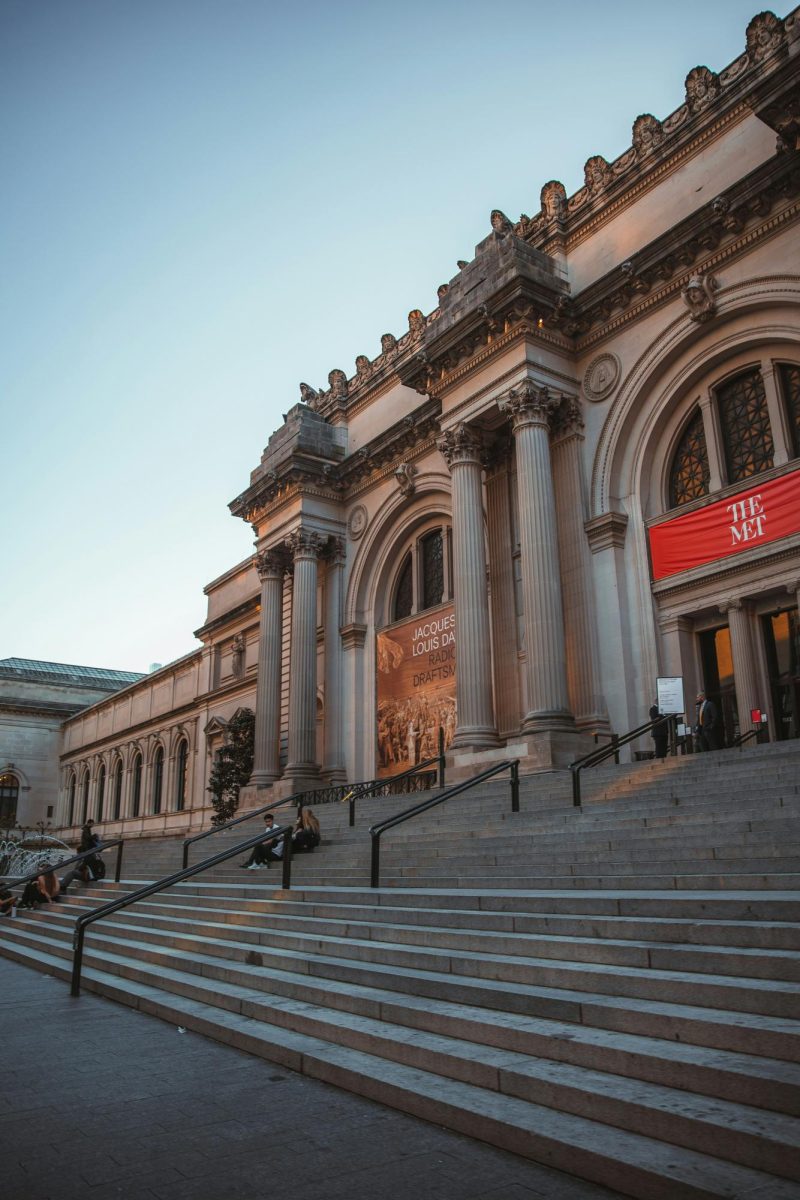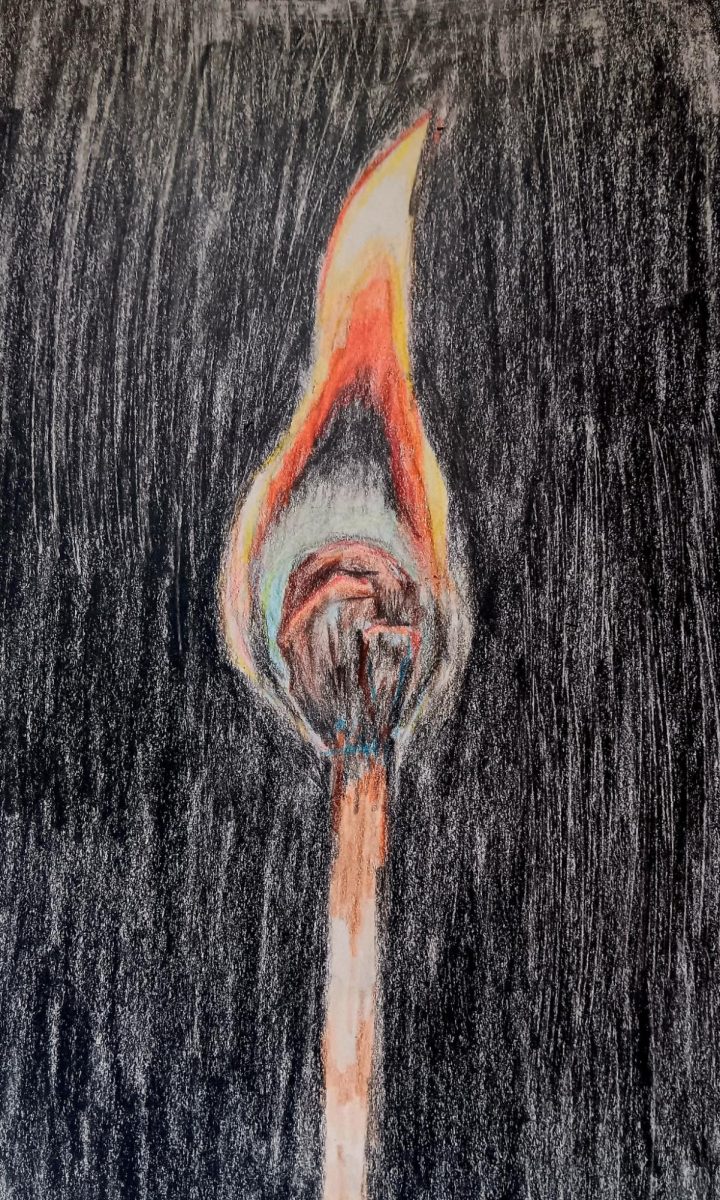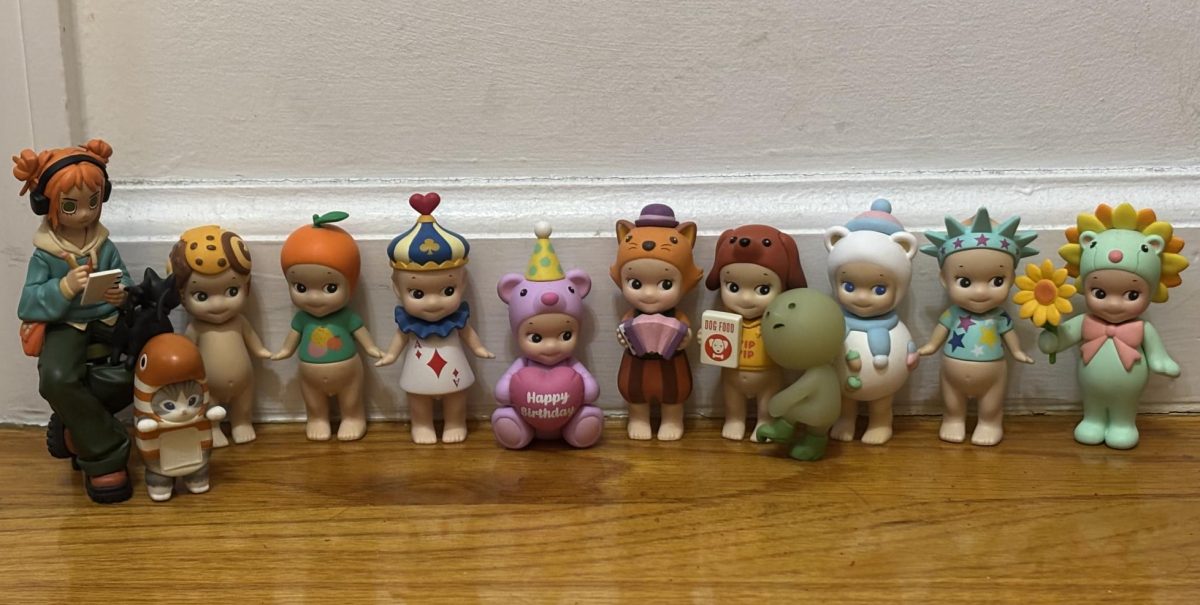Many people celebrate Valentine’s Day in their own special way, whether it be with a significant other or as a family. In the United States, the day is usually filled with romantic dinners, gifts, and sweets. The sale of flowers and chocolate skyrocket as people wish to show their appreciation for their loved ones. Distinct from the U.S., people in other parts of the world have their own Valentine’s Day traditions.
Europeans celebrate Valentine’s Day in various ways; some countries are akin to the U.S., while others take a different approach. In Paris, France, also known as “The City of Love,” lovers express their gratitude for one another with cards and gifts. Other countries place greater emphasis on the holiday’s religious origins. According to the article “14 Valentine’s Day Traditions from Around the World” on The Today Show website (www.today.com), Italy commemorates Juno, the Roman goddess of marriage and love, as well as exchanging romantic gifts. Similarly, in Spain, people honor Saint Valentine; however, some consider October 9 to be the day to celebrate love because the Spanish honor Saint Dionysus. Spanish teacher Kelle Barth observed how Valentine’s Day in Spain is transitioning to match Western culture: “People celebrate with chocolates, flowers, and going on dates.”
Valentine’s Day in Italy is a huge affair. Like Spain, Italians also honor Saint Valentine. Foreign Language Department Chairperson Leonard Bruno commented, “Since Saint Valentine came from the village of Terni in the region of Puglia in southern Italy, people may visit the village and participate in a parade in honor of this patron saint of love.” In the city of Verona, where Romeo and Juliet is set, the celebrations last for four days with decorations and concerts. Bruno also detailed how in Verona, many go to visit the famous balcony of Juliet: “Many girls may take a picture under the balcony, and still others may take a picture near the statue of Juliet, which is near the house under the balcony.” Additionally, people visit other sites such as the Trevi Fountain in Rome and Via dell’Amore (Street of Love) in the Cinque Terre region. Bruno described the celebrations as trading fiori (flowers), cioccolatini (candy), and gioielli (jewelry).
Asian countries have their own unique Valentine’s Day traditions as well. In fact, a few are not love-related at all. As noted by Forbes magazine (www.forbes.com), women in Japan, single or with a significant other, give chocolates to men as an “obligatory gift.” These gifts are void of romance, but the inclusion of a handmade gift called “honmei choco” with the chocolates can signify affection. Men respond on March 14, otherwise known as White Day, when they present women with white chocolate and candies. Korea celebrates similarly, except Black Day is added on April 14, when single people eat black-colored foods. China observes Valentine’s Day with traditions similar to the U.S.; however, they also have their own day of love on the seventh day of the seventh month of the Lunar New Year calendar called the Qixi Festival.
Numerous countries take the romantics up a few notches compared to the U.S. In South Africa, women will write the name of their significant other on a piece of paper to wear on their sleeves, and their celebrations occur on February 15 in accordance with the Roman festival Lupercalia. The Philippines government holds a large marriage ceremony so that many couples can get married all at once.
No matter the tradition, Valentine’s Day is a time to show loved ones, including friends and family, how meaningful they are. “Valentine’s Day isn’t only about your significant other; it is a day to let your loved ones know you appreciate them,” junior Jaime Pereira expressed.





















